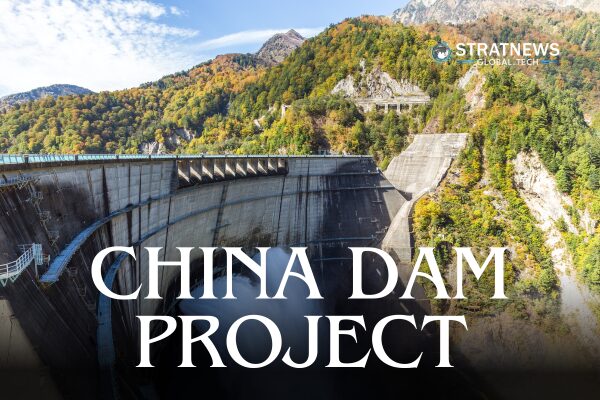China Begins Work on World’s Largest Hydropower Dam on Tibetan Plateau
China has officially started constructing what will become the world’s largest hydropower dam, located on the eastern edge of the Tibetan Plateau. The project, announced by Premier Li Qiang, is estimated to cost at least $170 billion, according to the official Xinhua news agency.
This massive hydropower project is China’s most ambitious since building the Three Gorges Dam on the Yangtze River.
Huge Electricity Capacity Expected
The dam will consist of five cascade hydropower stations capable of generating 300 billion kilowatt-hours of electricity every year. This is equal to Britain’s entire annual electricity consumption. The dam will sit along the Yarlung Zangbo River, which features a steep 2,000-metre drop over a 50 km stretch, offering vast hydropower potential.
Beijing claims the project will meet the growing power needs of Tibet and the wider Chinese market without seriously affecting water supplies downstream or causing major environmental harm. However, operations are not expected to begin until sometime in the 2030s.
International Concerns Over Environmental Impact
India and Bangladesh have expressed concern over how the dam might affect millions of people living downstream. Environmental groups also warn that building such a large dam could severely harm one of the most diverse ecosystems on the Tibetan Plateau.
Despite these warnings, Chinese authorities insist that ecological conservation will be a key focus during the construction process.
China Markets React to Major Infrastructure Project
Chinese financial markets responded positively to the news, seeing the dam as evidence of Beijing’s economic stimulus measures. The CSI Construction & Engineering Index surged to a seven-month high. Shares of major firms like Power Construction Corporation of China and Arcplus Group PLC reached their 10% daily trading limit.
Additionally, companies involved in construction materials and equipment production saw their shares rise sharply. Cement manufacturers and civil explosives producers benefited from expected increased demand.
Analysts at Huatai Securities and Citi suggest the project could significantly boost China’s economy. Citi estimates that the project could add 120 billion yuan ($16.7 billion) to China’s GDP annually during its construction phase.
Uncertain Human Impact
While the Three Gorges Dam created nearly a million jobs, it also displaced around the same number of people. So far, Chinese authorities have not revealed how many jobs this new project will generate or how many people may be displaced.
The Yarlung Zangbo River, where the dam is being built, eventually flows into India and Bangladesh as the Brahmaputra River. NGOs warn that the project could permanently damage the fragile Tibetan Plateau and disrupt the lives of millions downstream.
with inputs from Reuters


